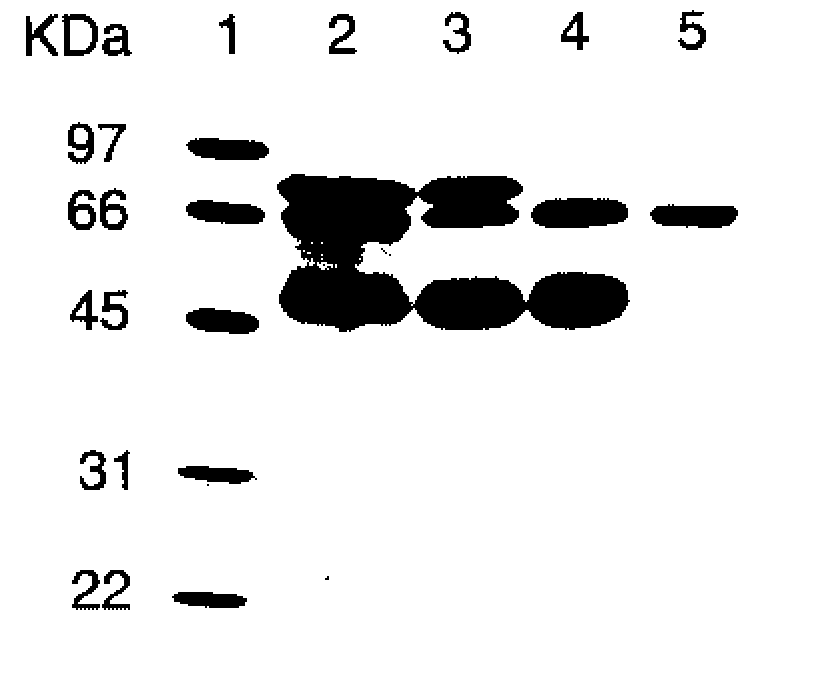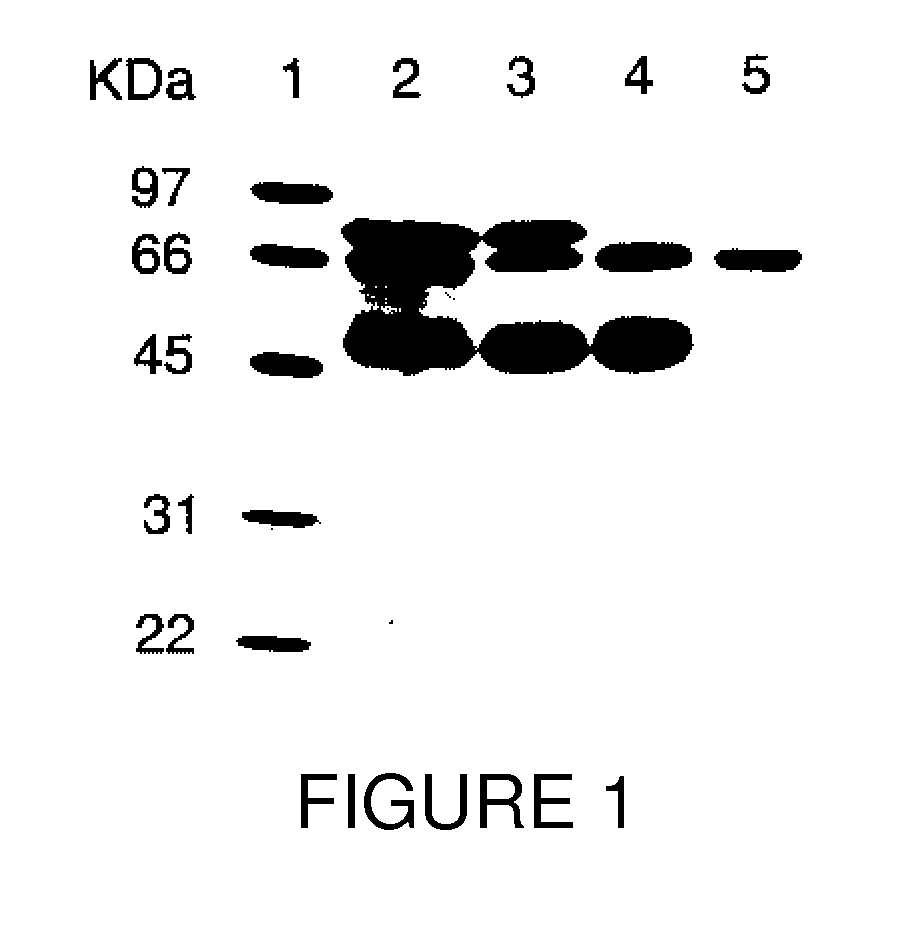Compositions and methods to enhance viability and function of islet cells
a technology of islet cells and compositions, applied in the field of compositions and methods to enhance the viability and function of islet cells, can solve the problems of inactivation of islet functions, aging and diseased patients, and the loss of islet cells, and achieve the effect of enhancing the viability of insulin producing -cells and thereby insulin secretion
- Summary
- Abstract
- Description
- Claims
- Application Information
AI Technical Summary
Benefits of technology
Problems solved by technology
Method used
Image
Examples
example 1
Purification and Spectrophotometric Assay of PALP
[0065] Human PALP (Type XXIV, 1020 units of total activity) in a partially purified form was obtained commercially from Sigma-Aldrich. The steps for the isolation and purification of Sigma-Aldrich PALP product included homogenization of human placenta in Tris. This was followed by extraction of homogenate with butanol, exposure to heat (55° C.), three successive precipitations of protein with ammonium sulfate, re-suspension of protein, fractionation with ethanol, and Sephadex-G-200-gel filtration.
[0066] As determined by sodium dodecyl sulfate-polyacrylamide gel electrophoresis (SDS-PAGE), the partially purified PALP obtained from Sigma-Aldrich (denoted “commercial PALP” herein) was not homogeneous and contained other proteins. FIG. 1 shows a digital image of a gel separation of a preparation comprising commercial PALP without further purification, and other preparations of PALP of increasing purity. Separation of proteins was perfor...
example 2
Use of the MTT Assay to Determine Cell Viability
[0074] In the Examples below, an MTT assay was used to determine the relative number of viable cells after treatments. This colorimetric assay is based on the ability of living cells, but not dead cells, to reduce 3-(4, 5-dimethyl thiazol-2-yl)-2, 5-diphenyltetrazolium bromide. [Carmichael, J, De Graff, W. G., Gazdar, A. F., Minna, J. D. and Mitchell, J. B. (1987), “Evaluation of tetrazolium-based semiautomated colorimetric assay: Assessment of chemosensitivity testing,”Cancer Res., 47, 936-942], which is incorporated by reference herein. For this assay, cells were plated in 96-well plates, and the MTT assay was performed as described in the above article both in untreated and treated cell cultures. The MTT assay also was performed at the time when the treatment was started to allow for assessment of the proliferation and survival rates in the control and treated cell cultures. Absorption was measured at wavelength=540, indicated in t...
example 3
Determination of Relative Number of Dead RIN Cells by Cell Cycle Analysis
[0075] The use of the rat clonal β-cell RIN 1046-38 line to determine fatty acid-induced β-cell apoptosis has been published [Eitel, K., Staiger, H., Brendel, M. D., Brandhorst, D., Bretzel, R. G., Haring, H. U. and Kellerer, M. (2002), “Different role of saturated and unsaturated fatty acids in β-cell apoptosis,”Biochim. Biophys. Res. Commun., 299, 853-856]. The cells were maintained in 199-Earle's salts medium (M199 medium) containing 10% fetal calf serum and 5 mM glucose under an atmosphere of 93% air and 7% CO2, at 37° C. The cells, used between passages 18-28, were split once a week using 0.1% trypsin-EDTA solution. For the experiments, the cells were seeded into 12-well plates in serum-containing medium. After 24 hours, the medium was replaced with serum-free medium followed by treatments with commercial PALP for 48 hours. At the end of the incubations, detached cells were harvested from the supernatant ...
PUM
| Property | Measurement | Unit |
|---|---|---|
| concentration | aaaaa | aaaaa |
| concentration | aaaaa | aaaaa |
| concentration | aaaaa | aaaaa |
Abstract
Description
Claims
Application Information
 Login to View More
Login to View More - R&D
- Intellectual Property
- Life Sciences
- Materials
- Tech Scout
- Unparalleled Data Quality
- Higher Quality Content
- 60% Fewer Hallucinations
Browse by: Latest US Patents, China's latest patents, Technical Efficacy Thesaurus, Application Domain, Technology Topic, Popular Technical Reports.
© 2025 PatSnap. All rights reserved.Legal|Privacy policy|Modern Slavery Act Transparency Statement|Sitemap|About US| Contact US: help@patsnap.com



